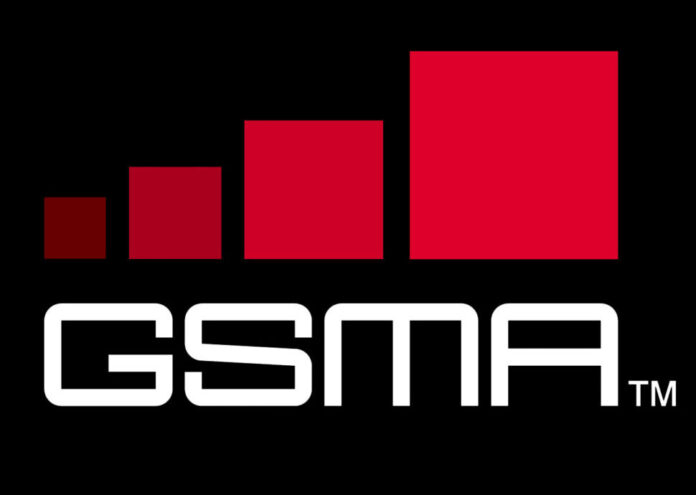IMT ecosystem needs ‘oxygen’ of 6 Ghz so apps can breathe
The GSMA has reported that 40% of 5G’s economic and social promise could be foiled by spectrum shortages. In response it has called for harmonisation over the release of the 6 Ghz spectrum block. As applications and business systems make increasing demands of the network, nearly half could be choked by the lack of spectrum ‘oxygen’. The answer to this capacity cramp is to ensure that the 6 GHz spectrum is allowed to breathe life into the underperforming tissues of the network. The GSMA 2022 6 GHz IMT Ecosystem report was issued as governments and regulators gathered at Mobile360 Asia Pacific in Singapore this week.
The 6 GHz spectrum is the largest remaining contiguous block of mid-band spectrum that can be allocated to licensed mobile in most markets. Harmonisation of it could provide more bandwidth and improve network performance. At the same time, the broad contiguous channels offered by the 6 GHz range could reduce the need for network densification, helping governments to speed up access to 5G services.
Those 6 GHz are crucial for 5G expansion in many countries, according to GSMA’s Head of Spectrum Luciana Camargos. Without it, operators often struggle to meet the predicted average of 2 GHz of mid-band spectrum needed for 5G. This affects the service quality. “Countries may, in consequence, lose out on the full societal and economic benefits of investment in modern 5G networks,” said Camargos.
The association quotes a recent study by GSMA Intelligence that says mid-band spectrum will drive an increase of more than $610 billion in global GDP in 2030, producing almost 65% of the overall socio-economic value generated by 5G. This won’t happen, it warns, unless sufficient spectrum resources are assigned to mobile operators to provide the capacity and performance that is needed to support growing mobile data traffic and advanced 5G use cases.
The GSMA’s recent Vision 2030: Insights for Mid-band Spectrum Needs report explained that 5G needs an average of 2 GHz mid-band spectrum per country to deliver the ITU’s IMT-2020 (5G) requirements and realise its full potential. Reaching this figure is difficult without 6 GHz capacity. The rise in bandwidth and capacity that 5G applications are demanding means that mid-band frequencies are vital enablers of city-wide coverage.
The report discusses the development progress of 6 GHz IMT systems and the central role that 6 GHz will play in delivering successful 5G rollouts. It warns that allocating the full 6 GHz band to unlicensed use risks countries losing out on the full benefits of scarce spectrum resource, and damaging their ability to maximise the societal impact of governments’ and operators’ investments in 5G networks.


